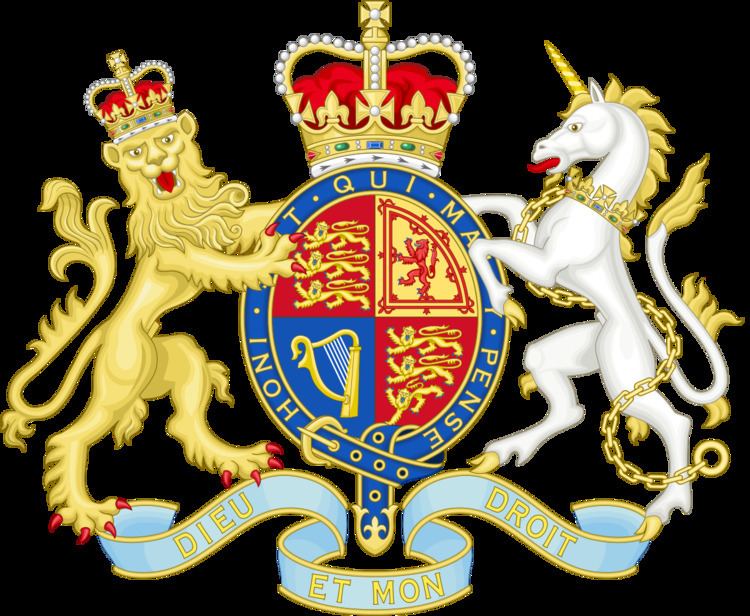 | ||
Residence Massachusetts Avenue in Washington, D.C. Inaugural holder George Hammond
First Envoy extraordinary to US
Julian Pauncefote, 1st Baron Pauncefote
First Ambassador extraordinary to US Formation 1791
Envoys extraordinary
1893
Ambassadors extraordinary Website UK and United States of America | ||
The British Ambassador to the United States is in charge of the British Embassy, Washington, D.C., the United Kingdom's diplomatic mission to the United States. The official title is Her Majesty's Ambassador to the United States of America.
Contents
- Duties
- History
- Envoy extraordinary and minister plenipotentiary 17911893
- Ambassador extraordinary and plenipotentiary from 1893
- Ambassadors in fiction
- References
The ambassador's residence is on Massachusetts Avenue in Washington, D.C. It was designed by Sir Edwin Lutyens and built in 1928.
Duties
The position of ambassador to the United States is considered to be one of the most important posts in Her Majesty's Diplomatic Service, along with those of Permanent Representative to the European Union and Permanent Under-Secretary of State at the Foreign and Commonwealth Office.
The ambassador's main duty is to present British policies to the American government and people, and to report American policies and views to the Government of the United Kingdom. He serves as the primary channel of communication between the two nations, and plays an important role in treaty negotiations.
The ambassador is the head of the United Kingdom's consular service in the United States. As well as directing diplomatic activity in support of trade, he is ultimately responsible for visa services and for the provision of consular support to British citizens in America. He also oversees cultural relations between the two countries.
History
The first British envoy to the United States was Sir John Temple, who was appointed Consul General in 1785 and was based in New York at the estate at Richmond Hill (Manhattan) which served previously as a headquarters for George Washington.
George Hammond was appointed on 5 July 1791. He held the title of Minister in Washington or Minister to the United States of America.
In 1809, David Erskine and President James Madison negotiated a compromise to Anglo-American disputes over shipping in the Atlantic, which might have averted the War of 1812. However, the deal was rejected by King George III and the British Government recalled Erskine.
By the 1850s, the envoy's title was Her Majesty's Envoy Extraordinary and Minister Plenipotentiary to the United States of America, and the United Kingdom had consulates in several American cities. Under the direction of Sir John Crampton in 1854 and 1855, British consuls attempted to enlist American volunteers to fight in the Crimean War. The American government strenuously objected, and President Franklin Pierce asked for Crampton to be recalled. The United Kingdom refused and, in May 1856, the American government dismissed Crampton, along with the United Kingdom's consuls in New York, Philadelphia and Cincinnati. After much negotiation, the United Kingdom was allowed to re-establish its Legation in Washington the following year, and Lord Napier became the new minister.
In 1893, the British diplomatic mission in Washington was raised from a Legation to an Embassy, and Sir Julian Pauncefote, Minister since 1889, was appointed as the United Kingdom's first ambassador to the United States, with the title Her Britannic Majesty's Ambassador Extraordinary and Plenipotentiary to the United States.
The role was offered to three former Prime Ministers: the Earl of Rosebery, David Lloyd George and Sir Edward Heath, all of whom declined.
